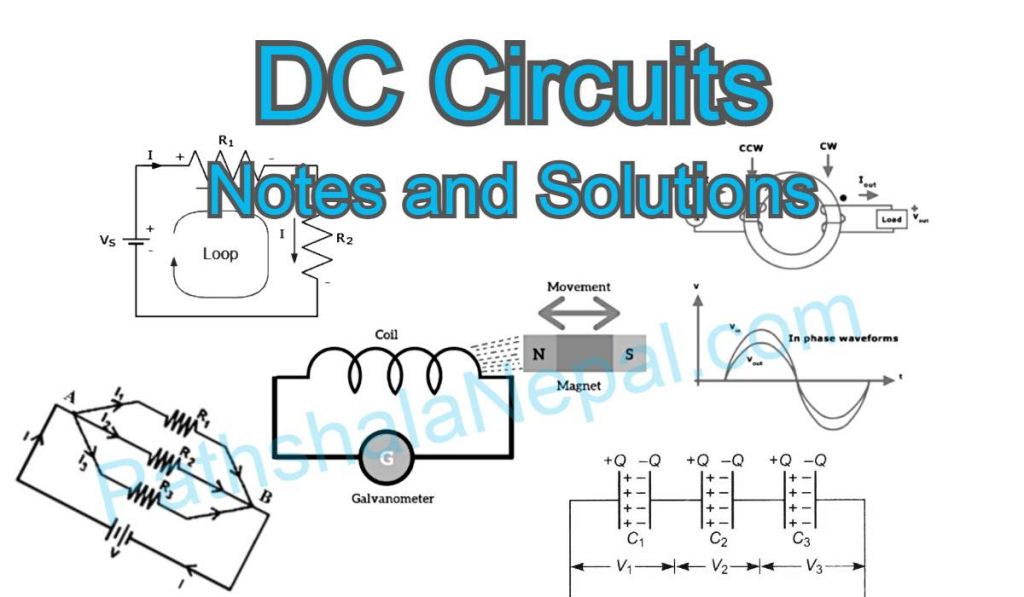State Joule's law of heating and verify it experimentally.
1 Answer
When electricity is passed through the conductor, due to the applied electric field, the free electrons in the conductor are accelerated. As they move, they collide with other atoms and lose their kinetic energy which appears as heat energy in the conductor. The heat developed in the wire is discovered by Joule and formed laws as
Joule's law of heating:
The amount of heat produced in a conductor due to the flow of current is,
- directly proportional to the square of current passing through it
H ∝ I2
- directly proportional to resistance R of the conductor
H ∝ R
- directly proportional to the time 't' for which the current is passed through it.
H ∝ t
Combining all above three relations,
\(H\propto I^2Rt\)
Or, \(H=\frac{I^2Rt}J\) , (In CGS system of the unit) where J is the constant
Or, \(H=I^2Rt\), (In MKS system of the unit)
Experimental verification of Joule's law:
An experimental arrangement for the verification of joule's law of heating is shown in the figure. A coil of copper is placed in a partially filled calorimeter with water. When the circuit is closed, electric current I flow in the circuit and there is a rise in the temperature of the water. The current can be varied with the help of rheostat Rh. It is found that a constant mass of water heat produced at a fixed time is proportional to the square of the current flow.
i.e., \(\frac Ht\propto I^2\) -------- (i)
If we replace the coil of copper with another coil of different lengths but of the same diameter. It is found that the rate of heat produced, by a given current is proportional to the length of the wire used. But, the resistance of the wire is proportional to the length of the wire used. Thus,
\(\frac Ht\propto R\) ------ (ii)
The amount of heat produced can be estimated by measuring the rise in the temperature during the experiment.
From the equation (i) and (ii) we get,
\(\frac Ht\propto I^2R\)
Or, \(\frac Ht=\frac{I^2R}J\) [ in the CGS system]
Or, \(H=I^2Rt\) [ in the SI unit]
∴ \(H=I^2Rt\)
Thus, Joule's law is verified.


